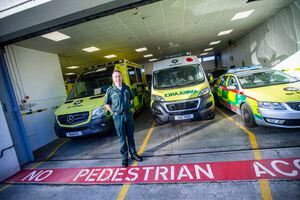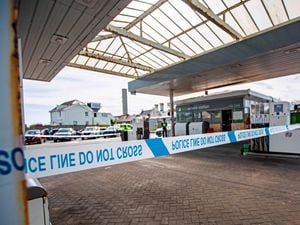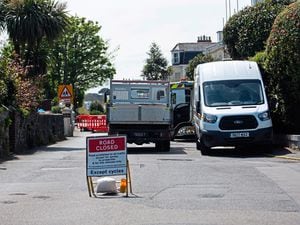Some ambulance vehicles being run twice as long as they should
SOME St John Emergency Ambulance Service vehicles have been running for twice as long as they should, and it may be another year before they are replaced.

Chief officer Mark Mapp said the service sets the ideal replacement time for the vehicles at seven to eight years.
Replacing them within that period ensured that the clinical environment was kept up to date in the interests of patient standards and quality of care.
On top of that, the safety features of the older vehicles were not as good as in newer ones and emissions in new vehicles were lower.
‘The environment needs to be tip-top in regard to infection prevention, and it’s the safety of our drivers,’ said Mr Mapp.
‘While our drivers are very well trained and take extensive driving courses, we want them to be in a vehicle that is up to date with the most modern safety features that we can offer them because it’s very challenging driving on a small island in emergency conditions.’
Its oldest vehicles were two rapid response cars, at about 14 years, while the oldest emergency ambulance dated from 2016.
‘There’s going to come a point very soon where we’re not going to be able to get parts for the cars,’ said Mr Mapp.
‘So currently we’re still in a constructive positive dialogue with the government over this challenge.’
He said the service was making use of vehicles owned by the St John charity which it had on permanent loan to support the emergency ambulances. ‘We’re really grateful for that, but it’s not really sustainable,’ he said.
‘We really need to come up with a sustainable vehicle procurement plan and get that agreed with the government.’
The two newest ambulances vehicles were procured through Policy & Resources and presented to the service in 2021.
A P&R spokesman said that while contractually the ambulance service was responsible for its own capital investment, the States funded vehicle purchases in 2021 as an exceptional case.
‘We are working together to look at the optimum way to cover required investments in vehicles, in particular over the longer term, to accord with SJARS long-term vehicle replacement cycle,’ he said.
‘We are aware of the ambulance request, which follows closely on from the 2021 investment, and it is currently prioritised for funding in 2025.’
Guernsey’s emergency ambulances are narrower than those in use elsewhere and that requires the vehicles to be modified after they are built.
Because of the work involved it can take up to a year from an order being made to the delivery of the vehicle, said Mr Mapp.





